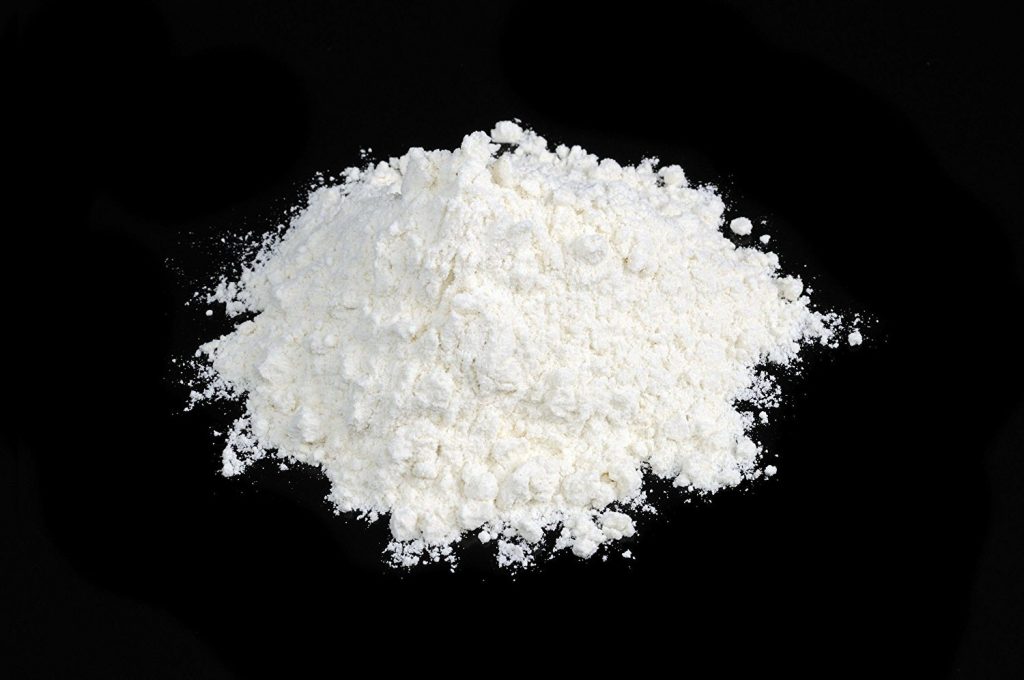Table of Contents
Bleaching powder, or calcium hypochlorite, is a powerful chemical compound commonly used in various industries and household applications. It is renowned for its exceptional bleaching and disinfecting properties. So today, we will delve into the science behind bleaching powder, decoding the bleaching powder formula and understanding its remarkable capabilities.

Understanding the Bleaching Powder Formula
The chemical formula of bleaching powder is Ca(ClO)2. It consists of calcium (Ca), chlorine (Cl), and oxygen (O). The bleaching powder formula highlights the presence of calcium hypochlorite, which plays a vital role in the compound’s bleaching and disinfecting properties.
When bleaching powder is dissolved in water, it undergoes a chemical reaction that releases chlorine gas (Cl2). This reaction occurs due to the highly alkaline nature of the compound. The chlorine gas and the hydrolysis of calcium hypochlorite are potent bleaching agents.
The Science Behind Bleaching
Bleaching is a process that involves the removal or alteration of color in various materials. Bleaching powder achieves this through oxidation reactions. Upon contact with pigments or organic compounds, the released chlorine gas oxidizes them, breaking down their chemical structure and removing the color. This oxidation process allows bleaching powder to remove stains from fabrics effectively, whiten paper, and even lighten hair.
Disinfecting Power
Besides its bleaching properties, bleaching powder is a highly effective disinfectant. The chlorine released during the dissolution of bleaching powder in water exhibits strong oxidizing and antimicrobial properties. It can kill bacteria, viruses, and other microorganisms by disrupting their cellular structures and metabolic processes. This makes bleaching powder popular for sanitizing water supplies, swimming pools, and surfaces.
Application in Water Treatment
Bleaching powder is vital in water treatment due to its disinfecting abilities. When added to water, the chlorine released from bleaching powder eliminates harmful bacteria and viruses, making the water safe for consumption. This application has been instrumental in reducing waterborne diseases and ensuring public health.
Industrial Applications
Bleaching powder finds extensive use in several industries. In the textile industry, it is employed for fabric bleaching and removing stubborn stains. Paper manufacturers utilize bleaching powder formula to whiten pulp, producing high-quality paper products. The chemical is also used in the leather industry to remove impurities and enhance the appearance of leather goods.
Precautions and Safety Measures
While bleaching powder offers numerous benefits, it is essential to exercise caution and follow safety measures when handling this chemical compound. Bleaching powder should be stored in a cool, dry place away from flammable substances. It is advisable to wear protective gloves, goggles, and masks to prevent contact with the skin, eyes, and inhalation of fumes. Additionally, proper ventilation is crucial when working with bleaching powder to avoid the accumulation of toxic gasses.
The science behind bleaching powder reveals its potent bleaching and disinfecting properties. The bleaching powder formula releases chlorine gas, which acts as a powerful oxidizing agent, effectively removing stains and colors. Its ability to disinfect water and surfaces has made it a valuable tool in promoting public health and safety. However, handling bleaching powder with care and adhering to safety guidelines is essential to ensure its effective and safe utilization. By understanding the science behind bleaching powder, we can harness its potential in various industries and everyday applications.



